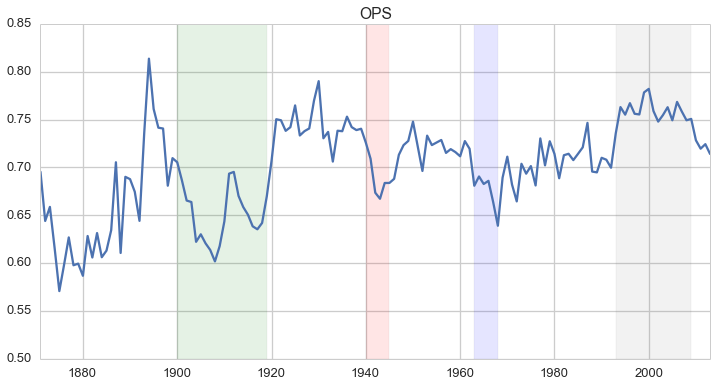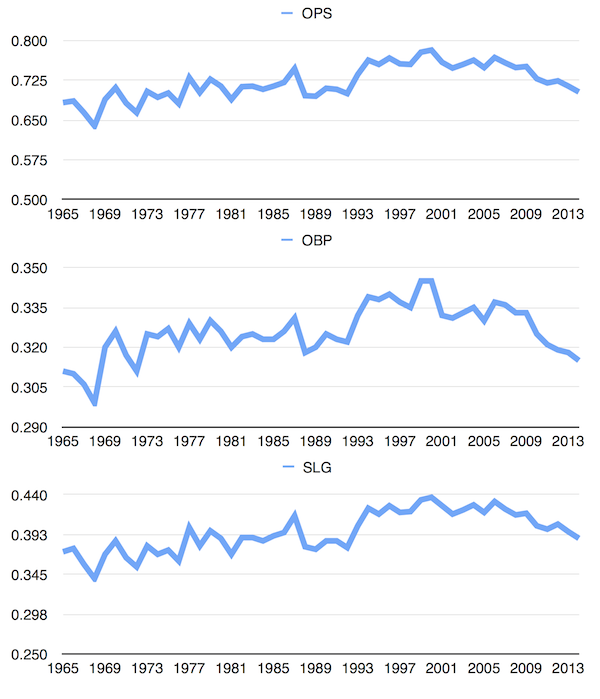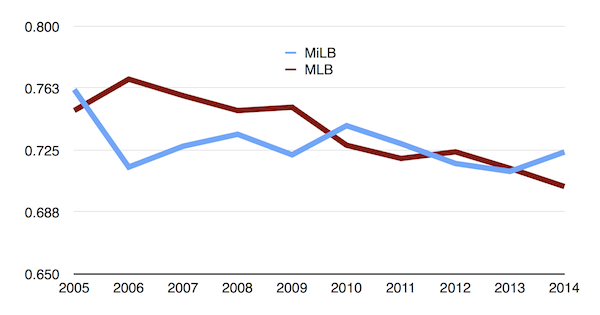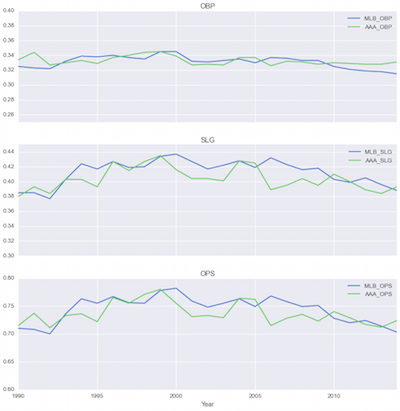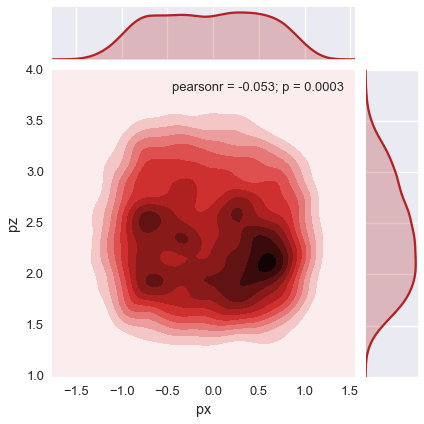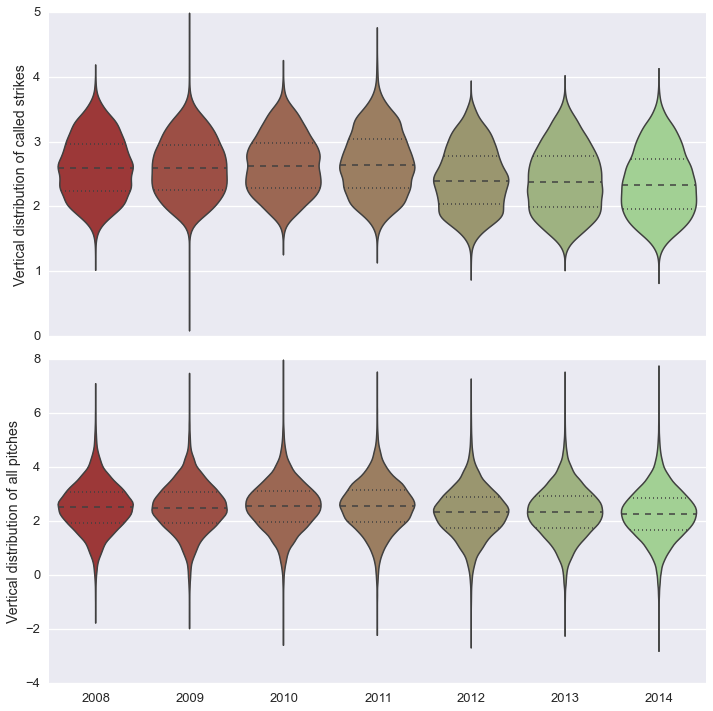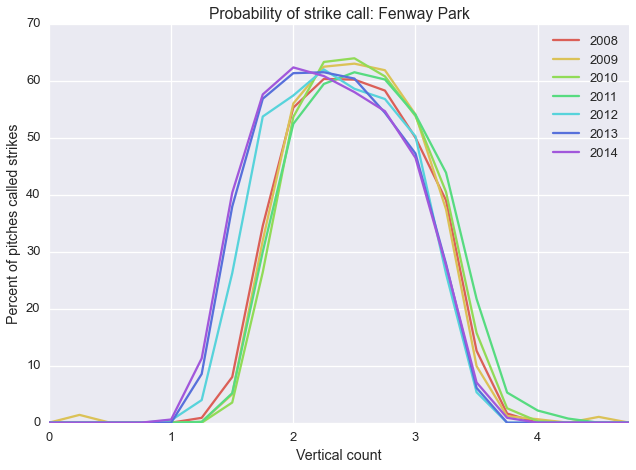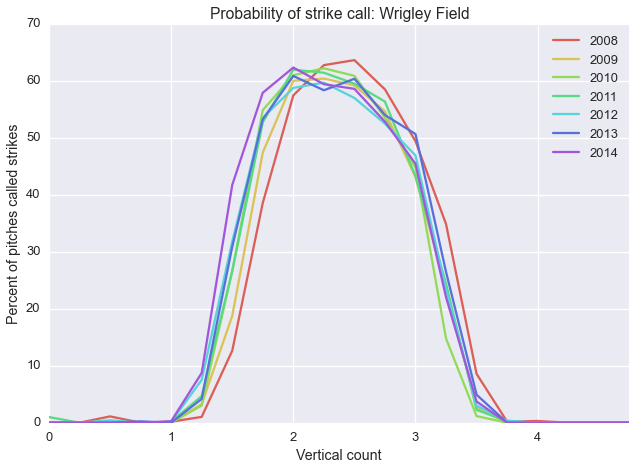Farrell has said that the strike zone is larger this year, and blames that for the lower offense.
This article in The Atlantic, "The Simple Technology That Accidentally Ruined Baseball", argues that the strike zone is getting larger because of Pitch F/x, and especially has expanded at the bottom of the zone. It illustrates its case with images like this:

On The Hardball Times, "The Strike Zone During the PITCHf/x Era" says the same thing, with images like this:

My questions:
Is the minor-league strike zone similarly changing? It seems unlikely, if Pitch/Fx is truly the driver for the change.
Could this be why our minor-leaguers (JBJ, Xander, WMB) are having so much more trouble in the majors this year?
Is this likely to be more of an issue with teams who have emphasized a grinding, pitch-taking approach through their organization?
This article in The Atlantic, "The Simple Technology That Accidentally Ruined Baseball", argues that the strike zone is getting larger because of Pitch F/x, and especially has expanded at the bottom of the zone. It illustrates its case with images like this:

On The Hardball Times, "The Strike Zone During the PITCHf/x Era" says the same thing, with images like this:

My questions:
Is the minor-league strike zone similarly changing? It seems unlikely, if Pitch/Fx is truly the driver for the change.
Could this be why our minor-leaguers (JBJ, Xander, WMB) are having so much more trouble in the majors this year?
Is this likely to be more of an issue with teams who have emphasized a grinding, pitch-taking approach through their organization?

